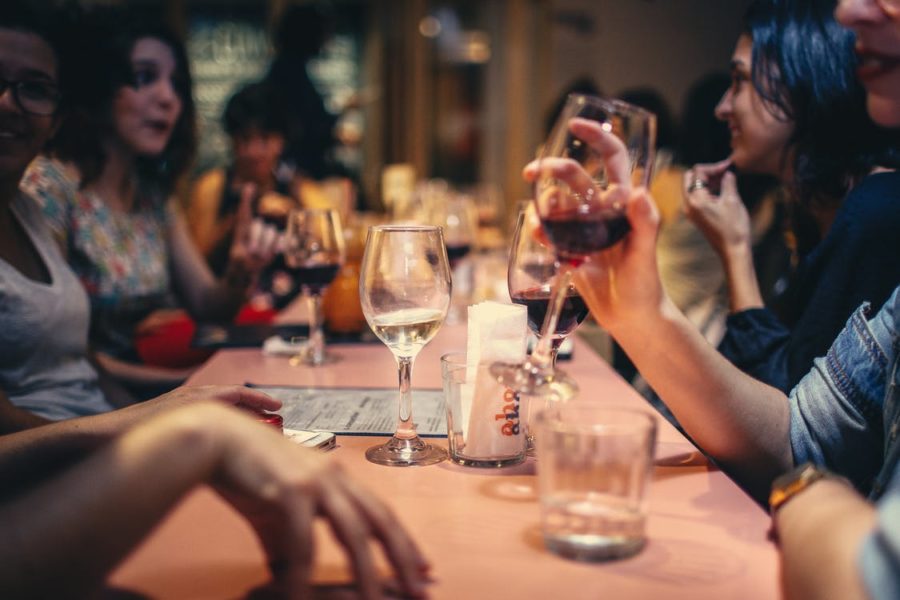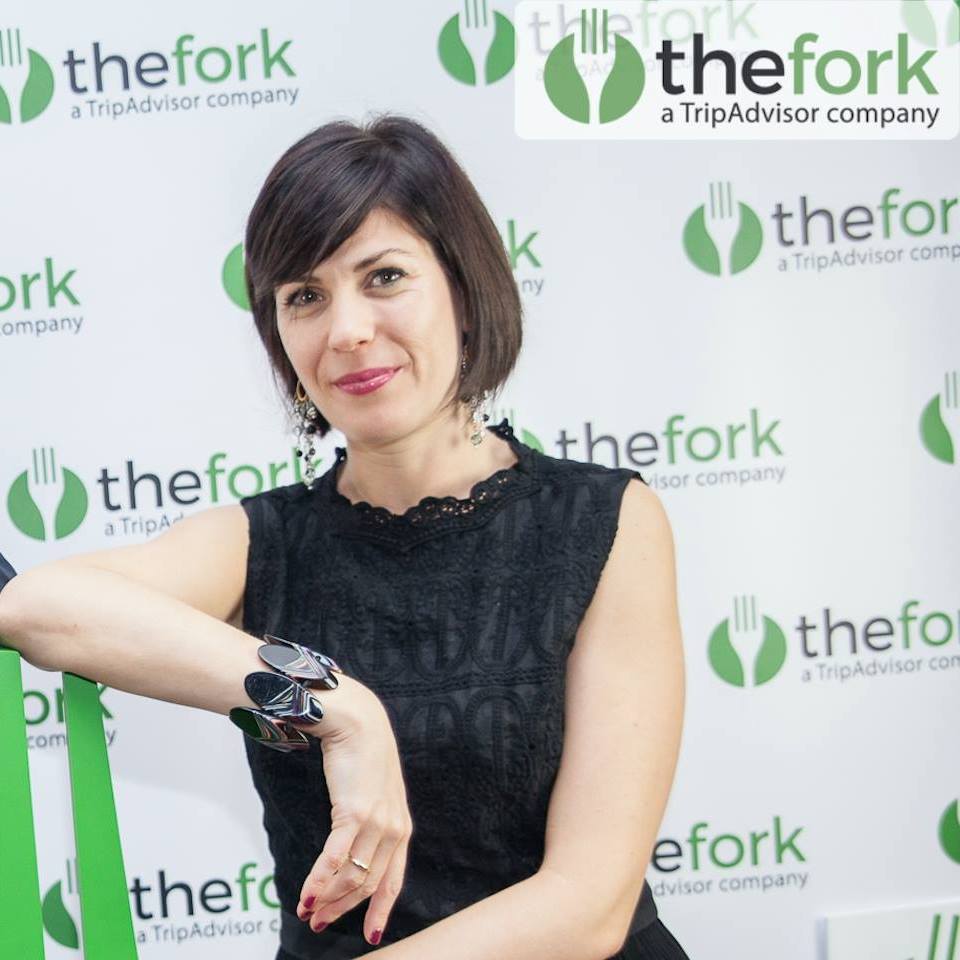“The world of food communication is changing for both restaurateurs, who need digital presence and visibility, and diners, who need to feel comfortable when dining, and who don’t refuse technology if it provides them with a real opportunity…”
When we talk about food and innovation we cannot ignore the central role restaurateurs play, especially in Italy. Food culture is actually channeled through them and it is important that those running a restaurant, or an activity that has to do with food, understand how important it is to seize the opportunity that the digital world offers today in terms of visibility. This must be perceived and experienced as the concrete advantage it is.
TheFork: the leading platform for restaurants
In this regard TheFork, Europe’s leading restaurant booking platform, is surely playing a central role. Founded in 2007 in France, today TheFork boasts 15 million visits a month, 40,000 restaurants, 8 million reviews and 9 million app downloads, as well as 9,000 restaurants in Italy. But what is the real reason behind TheFork’s success? For users it is surely the possibility to book a restaurant in a quick and smart way. For restaurant owners TheFork offers its own management software, The Fork Manager, which streamlines bookings and builds customer loyalty.
A difference must be made, however, between Italy and the rest of the world. As Raquel Bravo, TheFork Senior Marketing Manager for Italy & Nordics, confirms, it is a distinction that the company is aware of: “Italy is very fragmented, but that adds to its richness. In Italy there are not many restaurant chains yet, a characteristic that could represent a difficulty but that provides us with an opportunity. We have the chance to contribute to the overall improvement of the restaurant sector. Our Fork Manager software helps restaurants manage bookings and communicate with their clientele. We also help restaurants spread their message and reach potential customers. With our service they can fill the restaurant even, and especially, on days when it might be empty. How? By communicating and tailoring their offer. Thanks to our team of account managers, who follows them and responds to their every need, it becomes easier for restaurants to communicate both internally and externally. Our management software can be used by a restaurant owner to fill a restaurant. If they are full, we are happy.”
What do Italian customers want from technology?
The relationship between users and technology in terms of food is surely evolving; not only because of the widespread use of smartphones in Italy, but also because of the ever-increasing need to decide what and where to eat while on the move. It is an interesting topic that TheFork analyzed in their detailed report “What do Italian restaurant customers want from technology?”
Almir Ambeskovic, Regional Manager of TheFork, comments that “In Italy, like elsewhere, there is a growth in the use of digital tools in the restaurant sector and the growth of TheFork is a clear example of this. Sometimes the fear restaurant owners have regarding the use of these tools is that it hides the human aspect of the dining experience. This survey shows that technological tools that simplify aspects such as booking and waiting lists are appreciated by users, who rightfully continue to prefer and value the human components of the dining experience.”
The report analyzes how Italian users feel regarding the use of technological tools before, during and after a gastronomic experience outside their homes. There is obviously a predisposition to receive messages before and after sitting at the table, but while dining, you really have to provide users with something extra, otherwise it becomes annoying. For example, users like receiving SMS reminders of their bookings, just as they are happy to be contacted on special dates and birthdays. The use of smartphones during meals is considered annoying by half of the respondents, while 24% consider it acceptable only when related to the dining experience, for example sharing photos of dishes on social media. Moreover, after a positive gastronomic experience, half of the users said they would download the app.
It is therefore clear how technology can play a central role as an aid before and after going to a restaurant, and how at the table it becomes only a tool for sharing the beauty and uniqueness of what is being tasted and experienced. The widespread availability of smartphones increases their use, but added value is generated by how restaurateurs use them to provide information and enrich their restaurants’ web presence. Above all, the ability to attract new customers depends, as Raquel mentions, on the type of information available and how it is shared.
“The added value for each restaurateur is our platform, which they can use to manage orders, but also to enhance their offer. Menu descriptions are surely central to this. All our restaurants have three-course seasonal menus and including descriptions of the dishes can really enhance the restaurant’s quality”.




